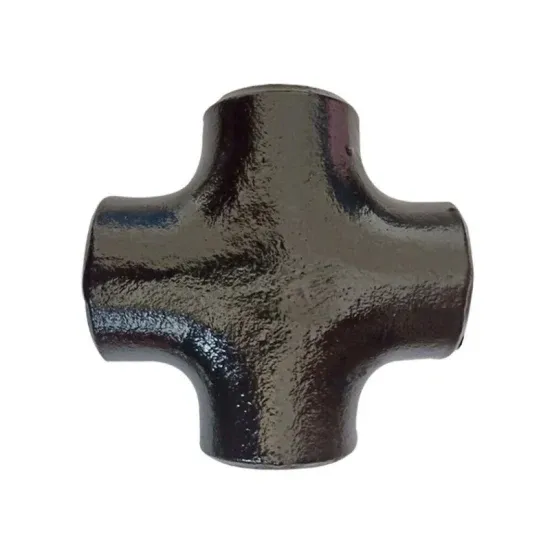-
Cangzhou Yulong Steel Co., Ltd.
-
Phone:
+86 13303177267 -
Email:
admin@ylsteelfittings.com
- English
- Arabic
- Italian
- Spanish
- Portuguese
- German
- kazakh
- Persian
- Greek
- French
- Russian
- Polish
- Thai
- Indonesian
- Vietnamese
- Zulu
- Korean
- Uzbek
- Hindi
- Serbian
- Malay
- Ukrainian
- Gujarati
- Haitian Creole
- hausa
- hawaiian
- Hebrew
- Miao
- Hungarian
- Icelandic
- igbo
- irish
- Japanese
- Javanese
- Kannada
- Khmer
- Rwandese
- Afrikaans
- Albanian
- Amharic
- Armenian
- Azerbaijani
- Basque
- Belarusian
- Bengali
- Bosnian
- Bulgarian
- Catalan
- Cebuano
- China
- China (Taiwan)
- Corsican
- Croatian
- Czech
- Danish
- Esperanto
- Estonian
- Finnish
- Frisian
- Galician
- Georgian
- Kurdish
- Kyrgyz
- Lao
- Latin
- Latvian
- Lithuanian
- Luxembourgish
- Macedonian
- Malgashi
- Malayalam
- Maltese
- Maori
- Marathi
- Mongolian
- Myanmar
- Nepali
- Norwegian
- Norwegian
- Occitan
- Pashto
- Dutch
- Punjabi
- Romanian
- Samoan
- Scottish Gaelic
- Sesotho
- Shona
- Sindhi
- Sinhala
- Slovak
- Slovenian
- Somali
- Sundanese
- Swahili
- Swedish
- Tagalog
- Tajik
- Tamil
- Tatar
- Telugu
- Turkish
- Turkmen
- Urdu
- Uighur
- Welsh
- Bantu
- Yiddish
- Yoruba

Sep . 22, 2024 04:00 Back to list
flanged inlet
Understanding Flanged Inlets Design and Applications
Flanged inlets are critical components in various engineering and mechanical systems, serving as a means to connect piping systems, vessels, or equipment with an effective and leak-proof interface. The importance of flanged inlets spans multiple industries, including water treatment, HVAC (Heating, Ventilation, and Air Conditioning), and petrochemical processes.
At their core, flanged inlets consist of a flat piece of metal, known as a flange, which is mounted on the inlet of a pipe or vessel. The primary purpose of this flange is to create a stable connection point that can be bolted or fastened securely to another flat surface — usually another flange. This type of configuration allows for ease of assembly, maintenance, and in many cases, replacement without requiring extensive disassembly of the entire system.
One of the defining features of flanged inlets is the variety of styles and dimensions they come in. Different standards such as ASME (American Society of Mechanical Engineers) and ANSI (American National Standards Institute) specify dimensions, pressure ratings, and material specifications for flanged connections. This standardization ensures compatibility between different components made by different manufacturers, addressing a vital need for interoperability in fluid handling systems.
The design of flanged inlets typically emphasizes factors such as pressure retention and prevention of leakage
. The seal between the two flanges is often enhanced with gaskets, which can be made from various materials including rubber, PTFE (Teflon), or metal, chosen based on the service conditions, including temperature and chemical compatibility. The proper selection and installation of gaskets are crucial to ensuring the reliability of flanged inlets.flanged inlet

Applications of flanged inlets are vast. In water treatment facilities, they are used to connect piping systems to filtration units, pumps, and storage tanks, ensuring efficient fluid transfer. In HVAC systems, flanged inlets facilitate the connection of air handling units to duct systems, allowing for controlled air distribution while maintaining efficiency. Additionally, in the petrochemical industry, flanged inlets are essential to connect various components while withstanding high pressures and corrosive environments.
One of the challenges associated with flanged inlets is the potential for leaks, which can occur due to improper installation, wear and tear, or thermal expansion and contraction of materials. Regular maintenance and inspection practices are often implemented to mitigate these risks, ensuring that system integrity is maintained over time.
Moreover, advancements in technology have led to innovations such as the use of advanced composite materials and digital sensors, further enhancing the performance and reliability of flanged inlets. These innovations aim to reduce maintenance costs and minimize downtime, crucial factors in optimizing productivity in industrial settings.
In summary, flanged inlets play an indispensable role in the integrity and efficiency of various fluid and airflow systems. Understanding their design, functionality, and applications is vital for engineers and technicians engaged in any field that utilizes piping systems or connects different pieces of industrial equipment. As technology progresses, flanged inlets will likely evolve, continuing to meet the industry’s growing demands for efficiency and safety.
Latest news
-
ANSI 150P SS304 SO FLANGE
NewsFeb.14,2025
-
ASTM A333GR6 STEEL PIPE
NewsJan.20,2025
-
ANSI B16.5 WELDING NECK FLANGE
NewsJan.15,2026
-
ANSI B16.5 SLIP-ON FLANGE
NewsApr.19,2024
-
SABS 1123 FLANGE
NewsJan.15,2025
-
DIN86044 PLATE FLANGE
NewsApr.19,2024
-
DIN2527 BLIND FLANGE
NewsApr.12,2024
-
JIS B2311 Butt-Welding Fittings LR/SR 45°/90° /180°Seamless/Weld
NewsApr.23,2024











